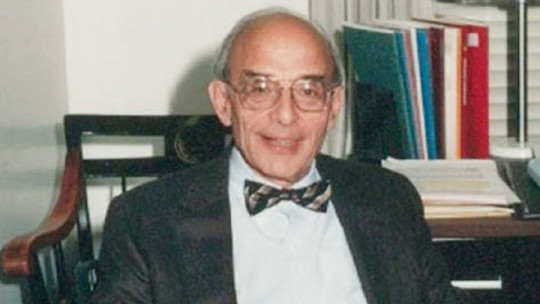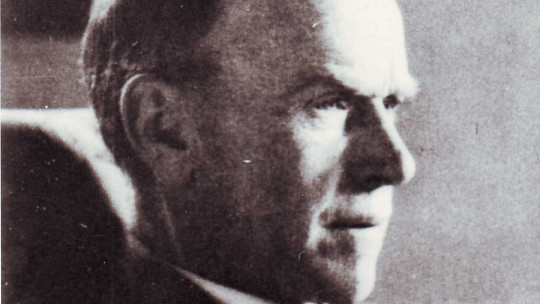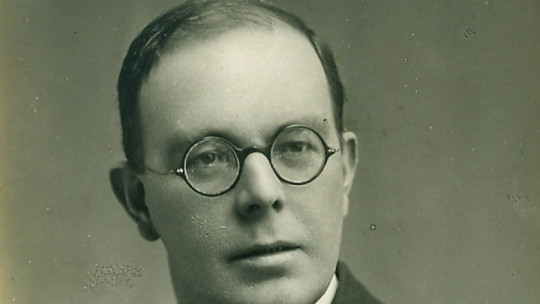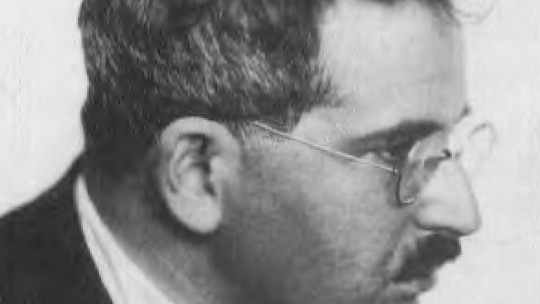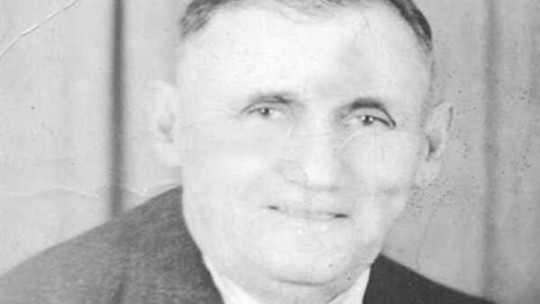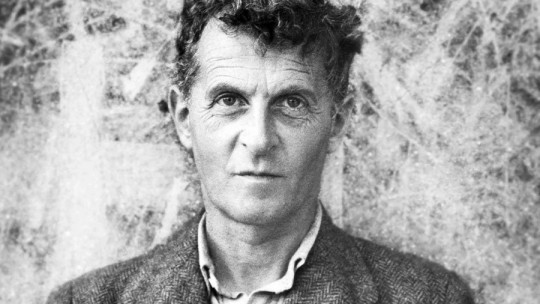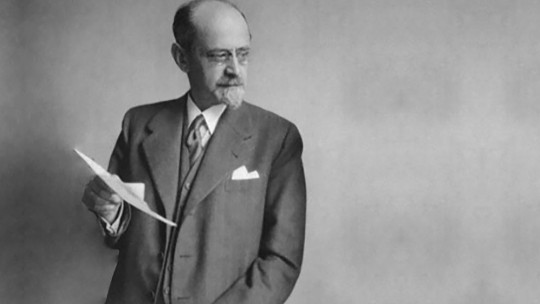The figure of Chris Argyris has been key to the evolution of US business philosophy throughout the 20th century.
Through this Chris Argyris biography We are going to better understand the details about his life, reviewing his intellectual and professional career and reviewing what his most notable contributions have been in the field of organizational development, for which he is known today.
Brief biography of Chris Argyris
Chris Argyris was born in Newark, New Jersey, United States, in 1923, along with his twin brother, Thomas S Her parents were immigrants of Greek origin, who had moved to America in search of a more promising future for their family.
Chris Argyris’ upbringing took place between his two lands, on the one hand he grew up in Irvington, another city in New Jersey, but he also spent time in Athens, the capital of Greece.
His youth stage
Once he came of age he went on to serve in the United States Army, specifically in the Signal Corps , participating in various operations within the war context of World War II. Once he was able to return to America, he continued his training, in this case entering Clark University, where he would achieve a degree in Psychology.
Precisely in that faculty, Chris Argyris had the opportunity to meet one of the most important psychologists in history, the expert in organizational psychology, Kurt Lewin , who would significantly influence Argyris’s own thinking and line of work. After graduating in 1947, he continued his higher education, this time at the University of Kansas, where he would major in psychology and economics in 1949.
Only two years later, he became a doctor, presenting a thesis focused on behavior within the business world, which was directed by sociologist William Foote Whyte, a figure in his field, who developed the methodology of participant observation and studied for a lifetime of urban ethnographic behaviors of Boston street gangs.
Academic career
Immediately, Chris Argyris immersed himself in academia to begin his career as a teacher and researcher. This first stage, which would last two decades, took place at Yale University. Within this prestigious institution, Argyris joined the team at the university’s Labor and Management Center. The director of that section was the expert in sociology and economics, Edward Wight Bakke.
Bakke would represent another of the key figures that would generate a significant mark on the approaches of Chris Argyris in his later work His time at Yale University also offered him the opportunity to begin teaching in the field of management sciences, so he also spent these years as a university professor, sharing his knowledge with new generations. of students.
After a long period at Yale, in 1971 he decided to move to Harvard University, another of the best institutions in the United States. In this center he would assume the role of professor in matters of organizational behavior, in which he was already an eminence. Chris Argyris was not limited to teaching, as he also ran a consulting company in the city of Cambridge, called Monitor.
Last years
Thanks to a lifetime dedicated to research and teaching, in 2006, Chris Argyris was awarded an Honorary Doctorate in the discipline of Law through the University of Toronto It is not the only accreditation of his excellent career, since Yale University, precisely where Argyris spent a good part of his career, also awarded him the title of doctor of sciences, in 2011.
It was in 2013 when, when Chris Argyris was 90 years old, he passed away. His remains are found in the city of Weston, Massachusetts.
Main contributions of his work
Chris Argyris’s work is extensive and consists of several important contributions to the field of organizations Initially, it focused on studying the types of structure that predominated in companies at a formal level, as well as the mechanisms that were used to manage and control people, and how they affected the individuals themselves. Later he refocused his research to focus on the behavior of managers.
In the case of executives, Chris Argyris finds an important variable in their personality type in relation to the maturity of the employees. In this sense, if the manager maintains a positive treatment with his subordinates, making them see that he considers them responsible, they will have more optimal productivity. This is explained because Workers with a high level of maturity will prefer to increase their responsibilities and be able to make decisions
In contrast to this reasoning, when we have a team made up of adults and a reasonable level of maturity, but in front there is an executive who uses more traditional techniques, based on mere authority and without delegating to subordinates or allowing them to assume more responsibilities Of those who have, we will obtain poorer performance caused by a low level of motivation.
In another turn of the wheel in the subject of his main works, Chris Argyris studied what effect the social researcher had on the organization when working on this Another of his great areas of interest lay in the study of human reason in the business field. That is, beyond general behavior, he wanted to know what the workers’ reasoning was when making decisions and generating actions.
The science of action
Much of Chris Argyris’s work was focused on that last current, which he referred to as the science of action. What interests him with these works is to find the model that explains the way human beings reason when faced with threatening scenarios, in order to explain the way in which they design their pattern of response actions.
This allowed him distinguish between two learning models , the single cycle versus the double cycle. The first of them refers to those behaviors carried out to obtain results that we foresee and thus neutralize the difficult situation we are finding ourselves in. The alternative would be double-loop learning. What this other model refers to is behaviors that not only aim to end the threat, but also learn about it.
The meaning of the actions that fit this second model would be to be able to learn how to generate a change in the variables that have made the threat appear in order to be in a position to avoid it in the future, having the necessary information to do so. These explanations about people’s behaviors could be applied at both the personal and organizational levels
The ladder of inference
Within the theories of action science, Chris Argyris created a tool he referred to as the ladder of inference. With it he tries to explain the thought scheme that a person generates from the moment a situation is presented to him until he evaluates it and decides to exercise a specific behavior in relation to it. For it draw a ladder in which each rung, from the lowest to the highest, represents a step in that scheme of thought
The ladder would begin with reality and facts, which would be the lowest step. From there we would move on to the selected reality, that is, the objective situation as it has appeared to the subject. Then we would find the interpreted reality, that is, the reality as conceived by that specific person, which does not have to coincide with that of other people. The next step would be the assumptions that this subject makes regarding that interpretation of reality.
In turn, these assumptions will lead you to generate certain conclusions about the event you are witnessing. The conclusions will take him up another step, to the beliefs about what he should do about it. Finally, he will complete his ascent in this scheme of thought, reaching what would be the last step, which is none other than the actions or behaviors that he will, in fact, perform.
The ladder of inferences is just one of the many contributions to organizational science that Chris Argyris left us in his legacy.

